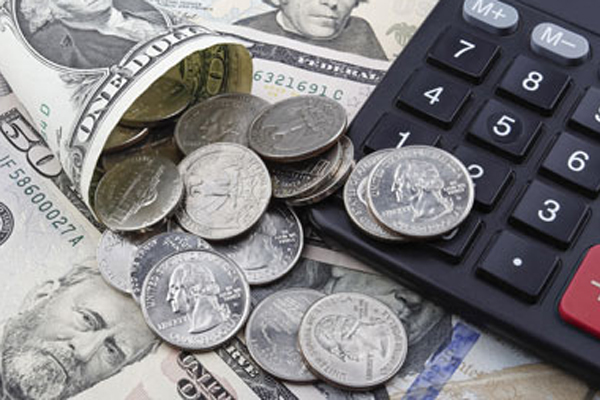
US economy stalls in first quarter
WASHINGTON, April 28, 2016
US economic growth braked sharply to its slowest pace in two years as consumer spending softened and a strong dollar continued to undercut exports, but a pick-up in activity is anticipated given a buoyant labour market.
Gross domestic product increased at a 0.5 per cent annual rate, the slowest since the first quarter of 2014, the Labour Department said on Thursday in its advance estimate, also as businesses doubled down on efforts to reduce unwanted merchandise clogging up warehouses.
The economy was also blindsided by cheap oil, which has hurt the profits of oil field companies like Schlumberger and Halliburton, resulting in business spending contracting at its fastest pace since the second quarter of 2009, when the recession was ending.
Economists polled by Reuters had forecast the economy expanding at a 0.7 percent rate in the first quarter. The economy grew at a 1.4 per cent pace in the fourth quarter.
Almost all sectors of the economy weakened in the first quarter, with the housing market the lone star.
The slowdown in growth is likely temporary, given a fairly robust jobs market. Applications for unemployment benefits are near a 43-year low and employment gains averaged 209,000 jobs per month in the first quarter.
In addition the Institute for Supply Management's manufacturing and nonmanufacturing surveys, which are closely correlated to economic activity, have rebounded in recent months.
While the Federal Reserve on Wednesday acknowledged economic activity had "slowed," it also said labor market conditions had "improved further." The US central bank appeared to view the threats from the global economy and financial markets as having diminished.
The Fed left its benchmark overnight interest rate unchanged and suggested it was in no hurry to tighten monetary policy further. It hiked rates in December for the first time in nearly a decade.
Economists also say the model used by the government to strip out seasonal patterns from data is not fully accomplishing its goal despite recent steps to address the problem.
Residual seasonality has plagued first-quarter GDP, with growth underperforming in five of the last six years since the recovery started in June 2009.
CONSUMER SPENDING COOLS
Consumer spending, which accounts for more than two-thirds of US economic activity, increased at a 1.9 per cent rate. That was the slowest since the first quarter of 2015 and was a deceleration from the fourth quarter's 2.4 per cent rate.
Households have been frugal, cutting back on purchases of automobiles, despite cheap gasoline. Households appear to have socked away modest wage gains from the tightening labour market and the gasoline savings. They have also reduced their debt.
Income at the disposal of households after accounting for taxes and inflation increased 2.9 per cent in the first quarter after rising 2.3 per cent in the prior period. Savings rose to a lofty $712.3 billion from $678.3 billion in the fourth quarter.
Higher savings and a lower debt load augur well for an acceleration in consumer spending.
Tepid consumer spending gave businesses more reason to place fewer orders for goods and ramp up efforts to reduce an inventory bloat. In the first quarter, businesses accumulated $60.9 billion worth of inventory, down from $78.3 billion in the fourth quarter.
The small inventory build cut 0.33 per centage point from first-quarter GDP growth, up from the 0.22 percentage point drag in the fourth quarter.
Trade subtracted 0.34 per centage point from GDP growth, with dollar strength weighing on exports and sucking in imports. The dollar gained 20 per cent versus the currencies of the US' trading partners between June 2014 and December 2015.
So far this year the dollar is down 2.6 per cent on a trade weighted basis, raising optimism for a rebound in exports.
A sustained plunge in energy sector investment put more pressure on business spending. Investment in equipment tumbled at a rate of 8.6 per cent, the steepest decline since the second quarter of 2009.
Spending on non-residential structures dropped at a 10.7 per cent pace as spending on mining exploration, wells and shafts collapsed at a record 86 per cent rate. Investment in mining exploration contracted at a 39.6 per cent rate in the fourth quarter.
There were strong gains in residential investment in the first quarter, the only bright spot in the economy. - Reuters








